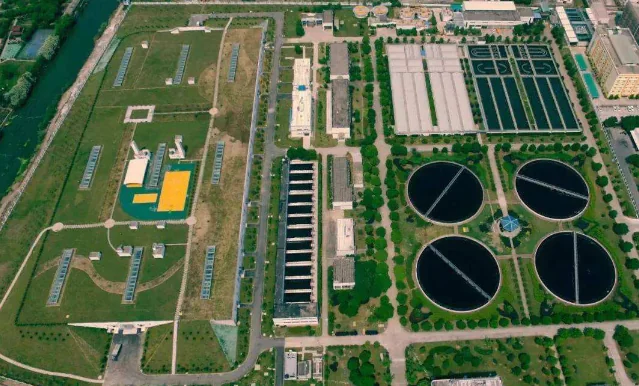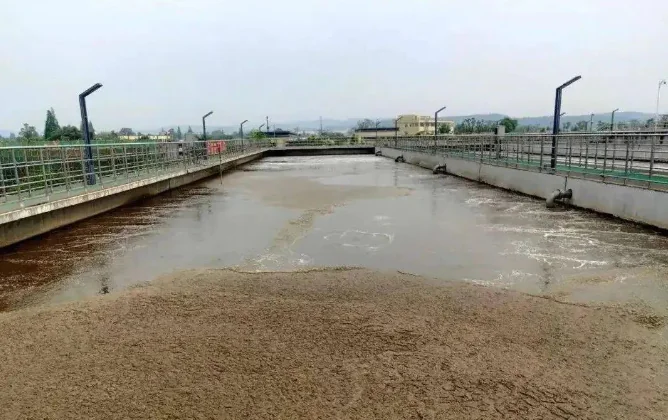In wastewater treatment, increasing sludge in the aeration tank is an important step to ensure efficient operation. “Sludge increase” means raising the concentration of microorganisms in the tank to boost treatment ability. But in what situations should you add more sludge? And what if sludge won’t grow even after taking action? This article explains both topics clearly.
✅ When Should You Increase Sludge? – 4 Typical Situations
- Low temperatures reduce microbial activity
When the ambient temperature drops below 15°C, microbes become less active. Increasing sludge concentration helps maintain system performance.
- The water inflow suddenly increases, and the hydraulic load becomes higher
Heavy rains or emergency discharges increase water inflow. This shortens the hydraulic retention time. Increasing sludge can help handle the higher flow.
- High organic load
Wastewater with lots of difficult-to-degrade or high-concentration organics requires more microorganisms to break down the load. Sludge increase is essential here.
- During the stagnant aeration cultivation period or when supplementing fresh sludge
At the initial stages of system commissioning or fresh sludge supplementation, sludge bulking is an essential operation to rapidly restore microbial population and activity through the commonly adopted stagnant aeration approach.

❌ Why Won’t the Sludge bulking? 7 Common Causes
Even after trying to bulking sludge, sometimes the aeration tank doesn’t show improvement. These are possible reasons:
- Temperature is too low
Microbes grow best at 20–35°C. Cold weather slows reproduction.
- Lack of carbon source
Especially at the initial stages of fresh sludge supplementation, microbes need food like glucose or sodium acetate. Without it, they can’t grow.
- Nitrogen and phosphorus deficiency
Microbes also need nitrogen and phosphorus for cell building. Supplements like urea, potassium dihydrogen phosphate, sodium dihydrogen phosphate may be needed.
- Too high dissolved oxygen leads to bacterial aging anaerobic
If DO (dissolved oxygen) is above 5 mg/L during aeration, microbes may age quickly or break apart. This stops growth.
- Too low dissolved oxygen leads to anaerobic
Too little DO (especially under high load) leads to oxygen shortage. Microbes then stop growing.
- Abnormal pH, inhibits microbial activity
Ideal pH is between 6.5 and 8.5. Outside this range, microbial activity slows or stops.
- Toxic or harmful substances
If wastewater contains heavy metals or toxic organics, microbes may be harmed. This stops their reproduction.

🔍 Summary: Understand the Mechanism Before Bulking Sludge
Sludge increase is a key action in many wastewater treatment systems. But it must be done scientifically. Always check key factors such as temperature, nutrients, DO levels, pH, and toxins. Only then can sludge growth be successful.
If you’ve faced similar problems or have your own solutions, feel free to leave a comment. We’ll keep sharing helpful technical tips and solutions from the water treatment field.
